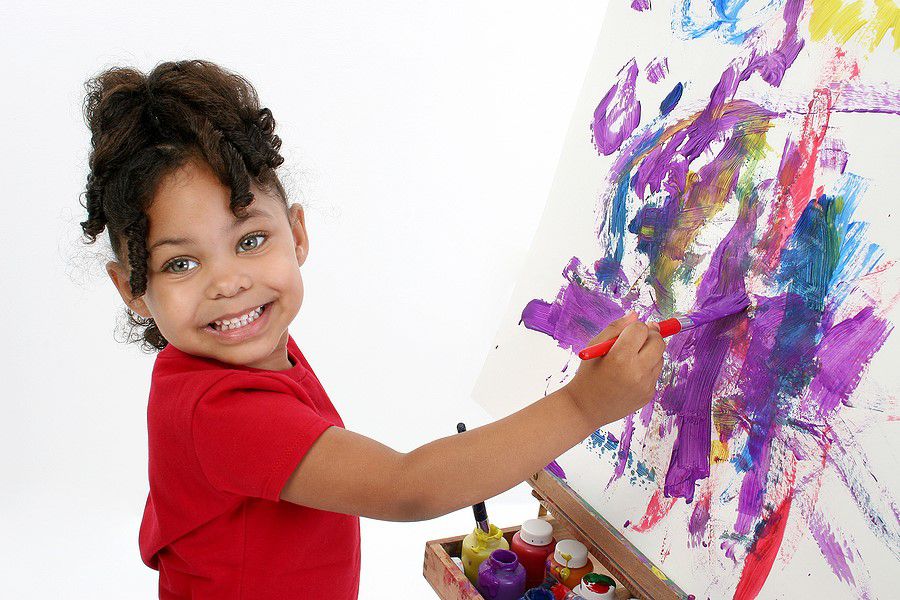Foster care can be challenging for kids, often involving emotional ups and downs and a search for their own identity. Creative activities that offer a safe space for expressing themselves and finding emotional healing are crucial for all children, especially those in foster care. Engaging in creative activities can help foster kids heal and discover who they are. Foster parents and caregivers can also provide them with a supportive and nurturing environment.
Experts emphasize the importance of recognizing the unique experiences of foster care and their positives and negatives. It’s crucial for caregivers to have this understanding to provide the proper support that foster children truly need. One way to do that is by learning the benefits of creativity and knowing how to help foster children light their creative spark.
Table of Contents
The Therapeutic Power of Creativity

Creative activities can be extremely therapeutic, especially for children who have suffered trauma. They can help children process their emotions, develop coping strategies, and foster resilience. Therefore, creativity is a valuable resource for foster parents and caregivers to provide support to the children in their care.
Foster kids can engage in creative activities such as drawing, painting, music, and writing. These activities offer children a therapeutic outlet for expression. Through these activities, children can communicate their feelings without relying on words, which can be particularly beneficial for those who struggle to verbalize and understand their emotions.
Involvement in a creative project can also help children, particularly foster children, feel more positive about themselves and regain control over their lives. Projects that children are interested in and enjoy also create an activity to look forward to. Additionally, these activities can teach children how to manage stress and anxiety by providing a calming method to express their emotions.
Creative Activities for Foster Kids
A variety of creative activities can engage foster children and provide therapeutic benefits. Through creative activities such as drawing, painting, sculpting, and crafting, art therapy improves the mental health of foster children. As a result, children are able to express their feelings and explore them. Another option is music therapy. Music therapy can facilitate self-expression and healing for foster children by empowering them to listen to music, play instruments, sing, or write songs.
Group music activities, such as choirs or bands, also play a significant role in building community and teamwork among foster children. Additionally, writing, storytelling, drama, role-playing, dance, and movement activities have been shown to help foster children develop social and emotional skills, articulate their thoughts and feelings, understand others’ perspectives, and cultivate empathy and cooperation.
Foster Care Programs
It is impressive to see how many programs there are to assist people in the foster care program.
Some programs have been created to positively impact foster children using their creative abilities, aiding in their healing and growth. These programs also create stories that provide hope and inspiration for foster parents, caregivers, and professionals to continue nurturing the creative potential of foster children. Here are a few inspiring examples:
The Foster Youth Museum: This project allows foster youth to share their stories through art, photography, and personal narratives. It provides a platform for expression and raises awareness about the experiences of foster children.
Color Outside The Lines: This organization focuses on creative arts programs for children in foster care. They offer art, music, movement, and creativity opportunities, helping children to grow creatively.
How to Get Started

While encouraging creative activities for foster children is crucial, preparing them for potential challenges is equally important. Some children may initially resist or struggle with certain activities, while others may find it difficult to express their emotions. Do not lose hope in these circumstances; that is a normal response. Patience, understanding, and professional guidance will help reassure you and the child, and your confidence in your caregiving role will grow.
As foster parents and caregivers, you play a pivotal role in creating a safe and comfortable space for these activities. Whether it’s a dedicated art corner or a quiet room for writing and music, your efforts are crucial. By ensuring the child has access to various art supplies, musical instruments, and writing materials and encouraging them to explore different mediums, you empower them to express themselves, which is crucial for your foster kid’s growth and finding their identity. Remember, your support and encouragement, regardless of the child’s skill level, are what truly matter.
Professional support is instrumental in fostering creative activities for foster children. Enrolling the child in art or music therapy programs can provide guidance and structure. Community programs that offer creative activities for children can provide a supportive environment and opportunities for socialization. However, it’s equally important to remember to recognize and celebrate the child’s creative achievements. By displaying their artwork, attending their performances, and encouraging them to share their creations with others, you show your appreciation and support for their efforts.
Conclusion
Engaging in creative activities can be a powerful way for foster children to heal and grow. These activities provide opportunities for emotional expression, building self-esteem, and developing coping skills, playing a vital role in the well-being of foster children. Foster parents and caregivers are crucial for nurturing children’s creative expression by providing a safe and encouraging environment. Through art, music, writing, drama, and dance, foster children can find joy, healing, and a sense of identity. Your role in this journey is significant, and your efforts are deeply appreciated.













